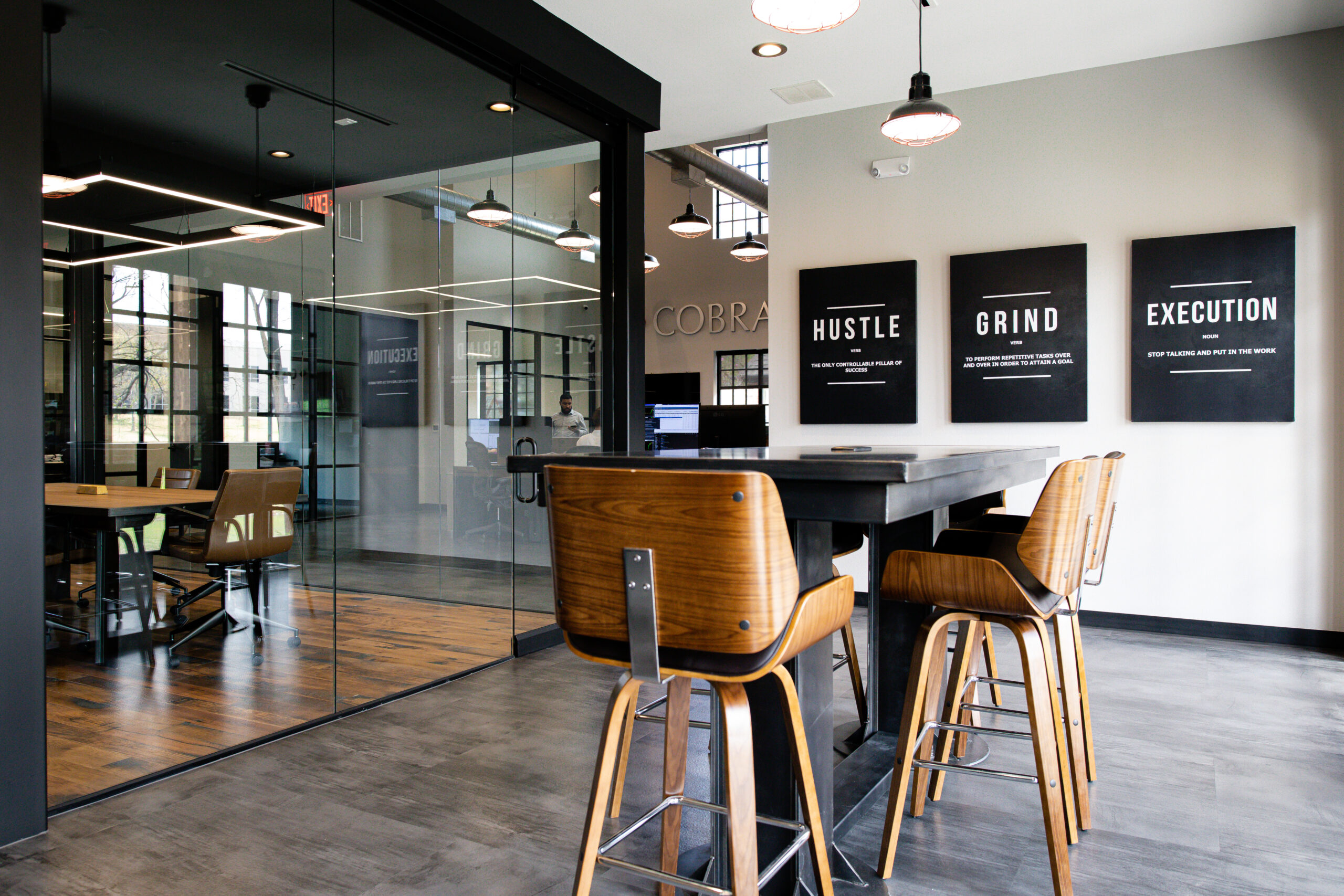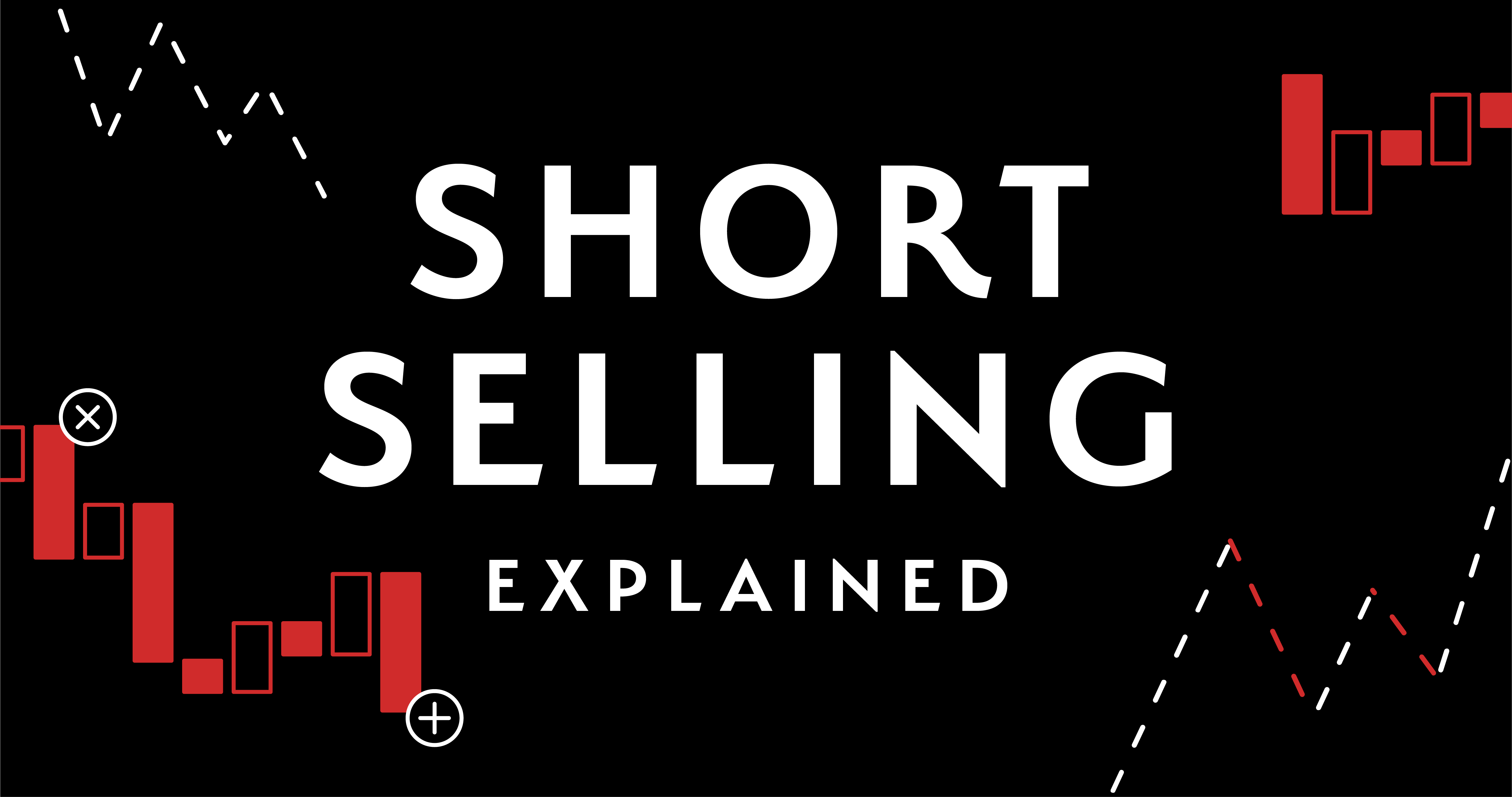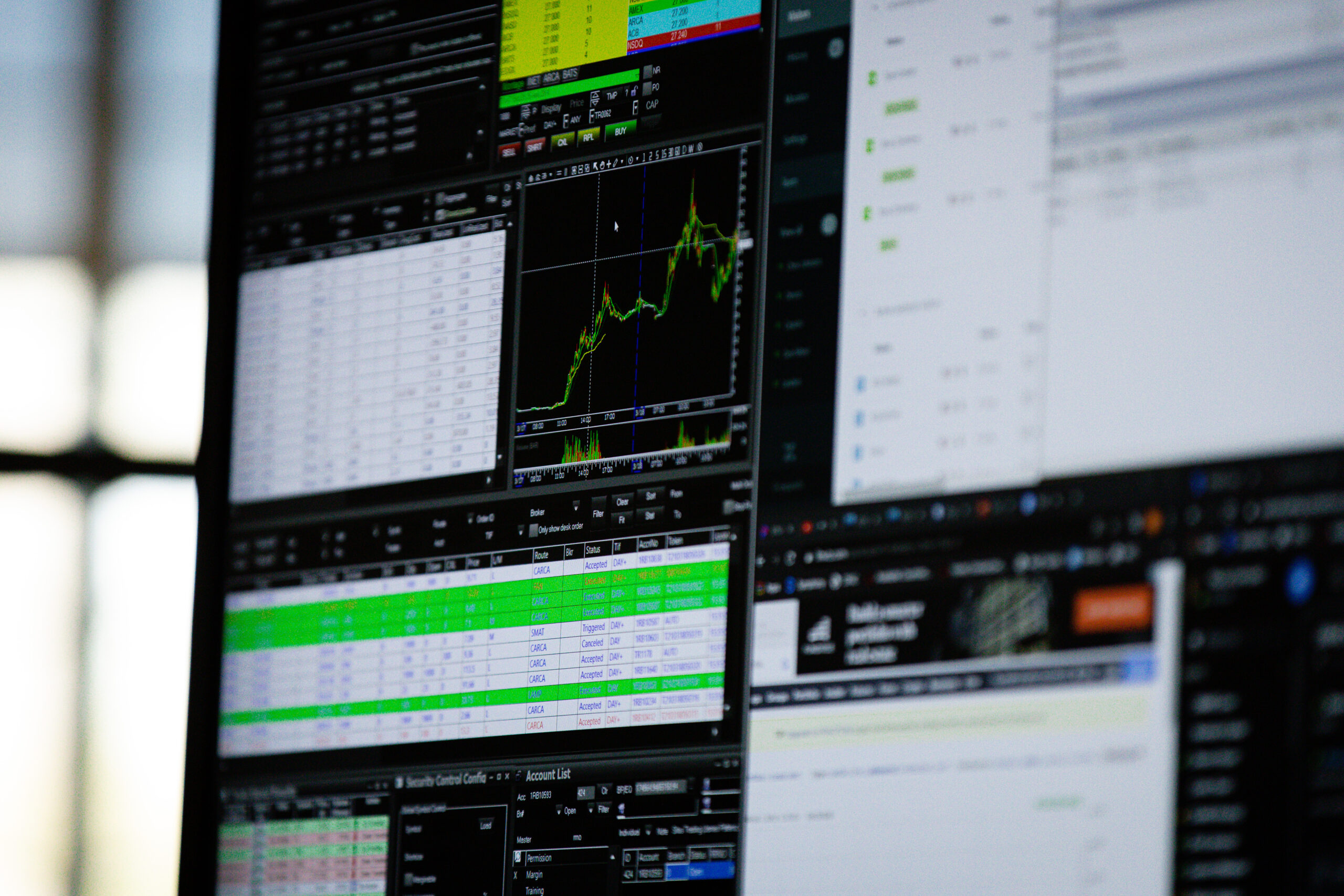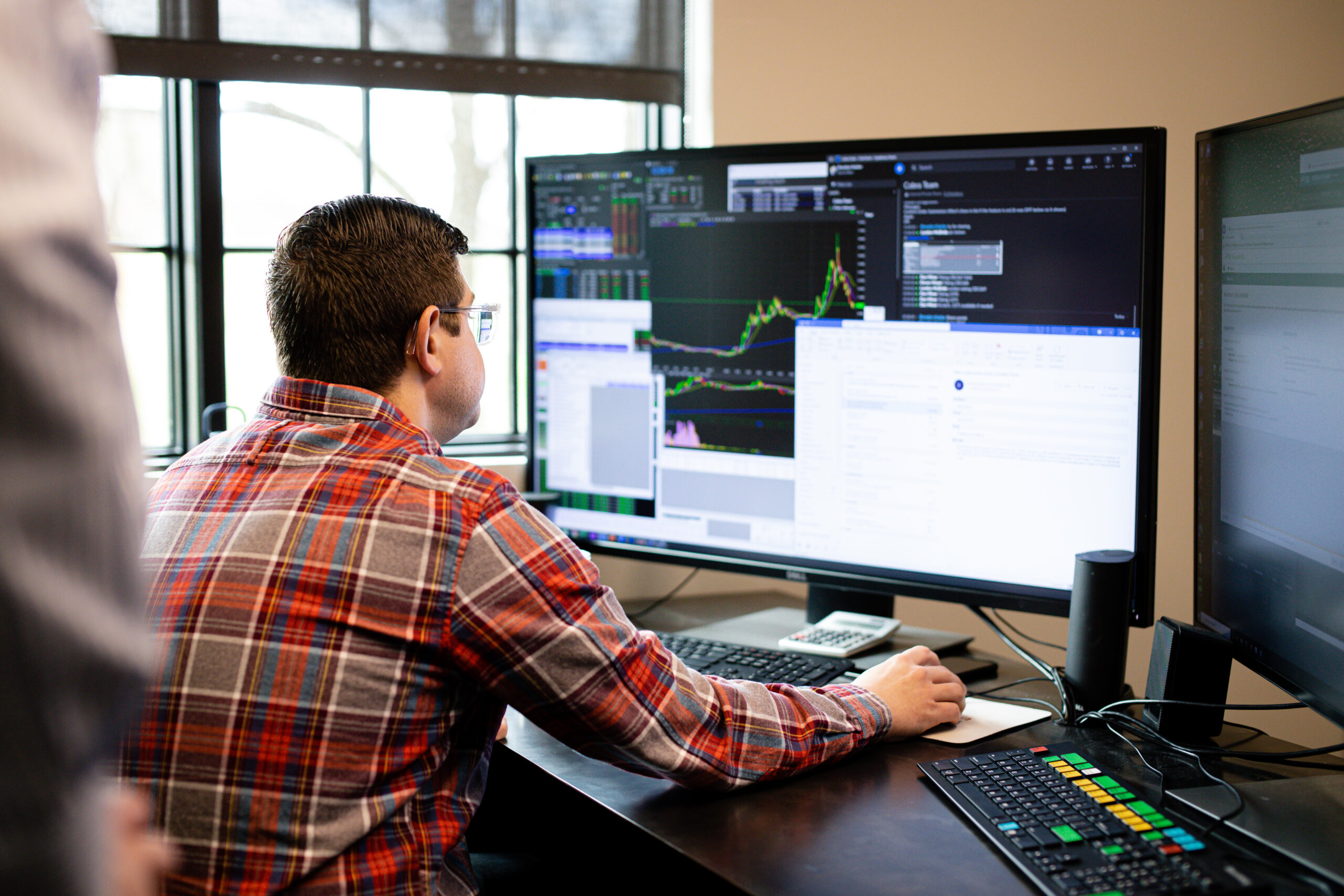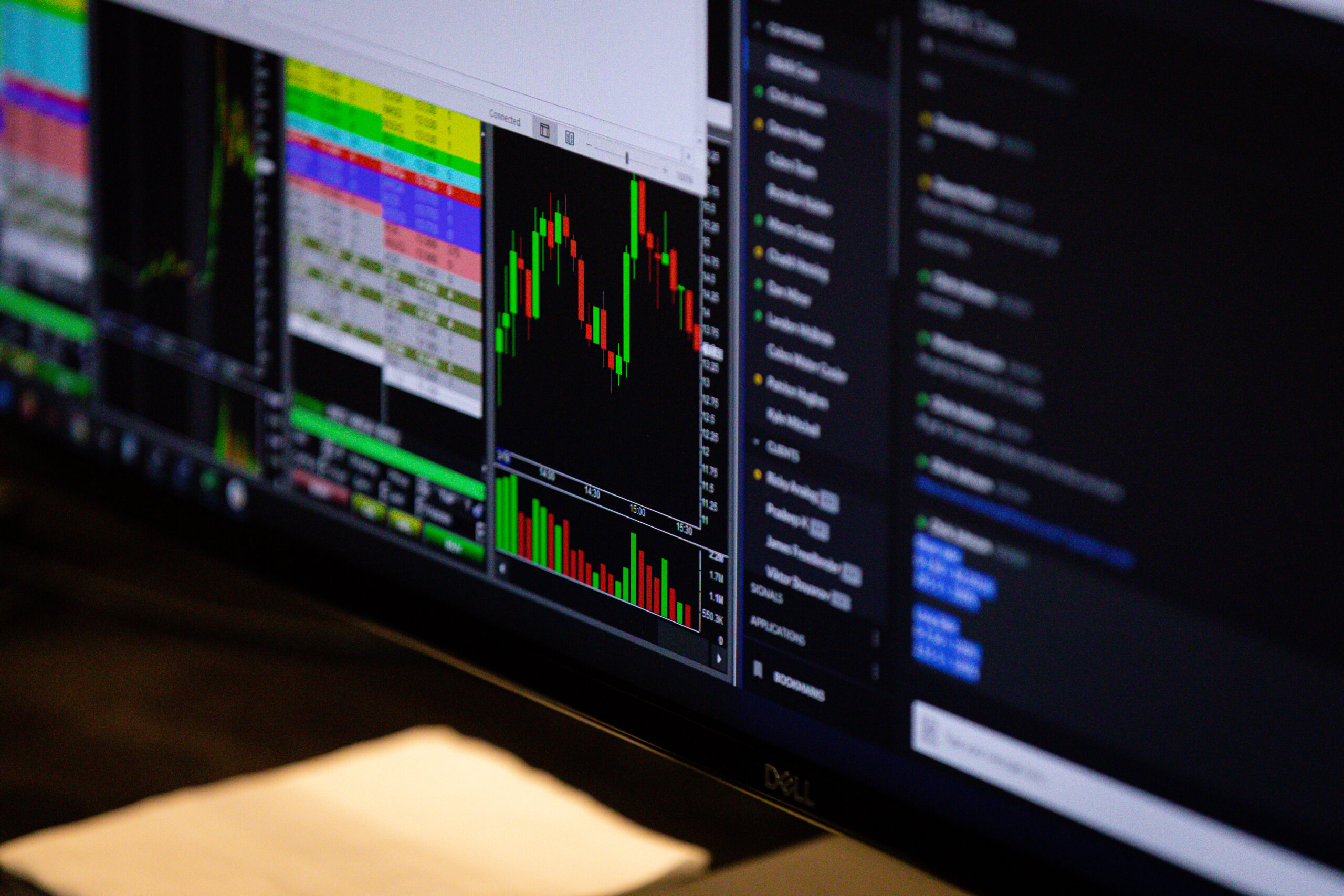Trading is risky in general, but trading pre-market trading tends to be even riskier. As a result, some suggest avoiding it altogether, while others say that it provides great opportunities to take advantage of.
In this blog post, we are going to discuss the risks and benefits the practice involves. Hopefully, this information will help you decide if trading pre-market is right for you.
Several key things differentiate trading before the market opens from the rest of day trading. We’re going to look at each of them in detail and give a couple of ideas that might help you adjust your day trading process to the realities of the pre-market timeline.
Lower volume than usual
Typically, volume is not as thick early on. That sometimes leads to whiplash, where even a relatively small trade triggers a significant price change. We’ve described that process in an article about the importance of volume in trading. Slippage can be vicious in situations like that, and you can see some wild price hikes and dips within minutes. Because of this, sometimes it’s worth the wait to let the market open, and trade once the volume evens out.
Additionally, sometimes the market reacts to the pre-market action by overcompensating. People jump in on what seems like a new opportunity, and some people get squeezed out of their trades. In some cases, the price corrects itself shortly after the opening. Your initial guess regarding a stock may be correct within a longer timeframe, but the pre-market price might be all over the place due to the volatility.
Potential lack of automation
Another thing that’s important to note is that some brokers do not allow Stop-Loss automation pre-market, and you might need to execute the order manually. This point is especially crucial for those traders who rely on automation heavily in their regular day trading and need to change their habits for pre-market.
To maximize success, make sure you have the time to keep an eye out and correct the course of the trade if the need arises.
Routes and timing
Another important difference is in how one would choose a route. Ideally, you want to select the route that shows the Level 2 book. This is because level 2 indicates the number of buyers and sellers at each price level, so you can estimate the likelihood of getting out of the trade at your desired price level.
It comes down to your execution, timing, and speed because slippage is a very real concern during pre-market. And in general, looking at Level 2 is always a good idea because you want to know the spread between the bid and ask prices. The wider it is, the more cautious you need to be; slippage will likely occur, and your exit may happen at a less than ideal price.
Position size
Not every account can withstand the volatility and unpredictability of pre-market trading. That’s why it makes sense to go in with a smaller position. You are risking less money this way, and the price changes won’t hit as hard if it goes against your position.
Pre-market trading demands a high level of attention to detail. Traders need to keep an eye on the stock volume, worry about the routes ahead of time, and track the market’s bid and ask prices closely. At the same time, trading before the market opens offers some opportunities that traders can take advantage of, only if they learn to adjust.
So keep all these factors, as well as your own circumstances and risk tolerances in mind when deciding if pre-market trading is right for you. And if you have any questions about it, feel free to ask questions by phone, e-mail, or a live chat feature!
